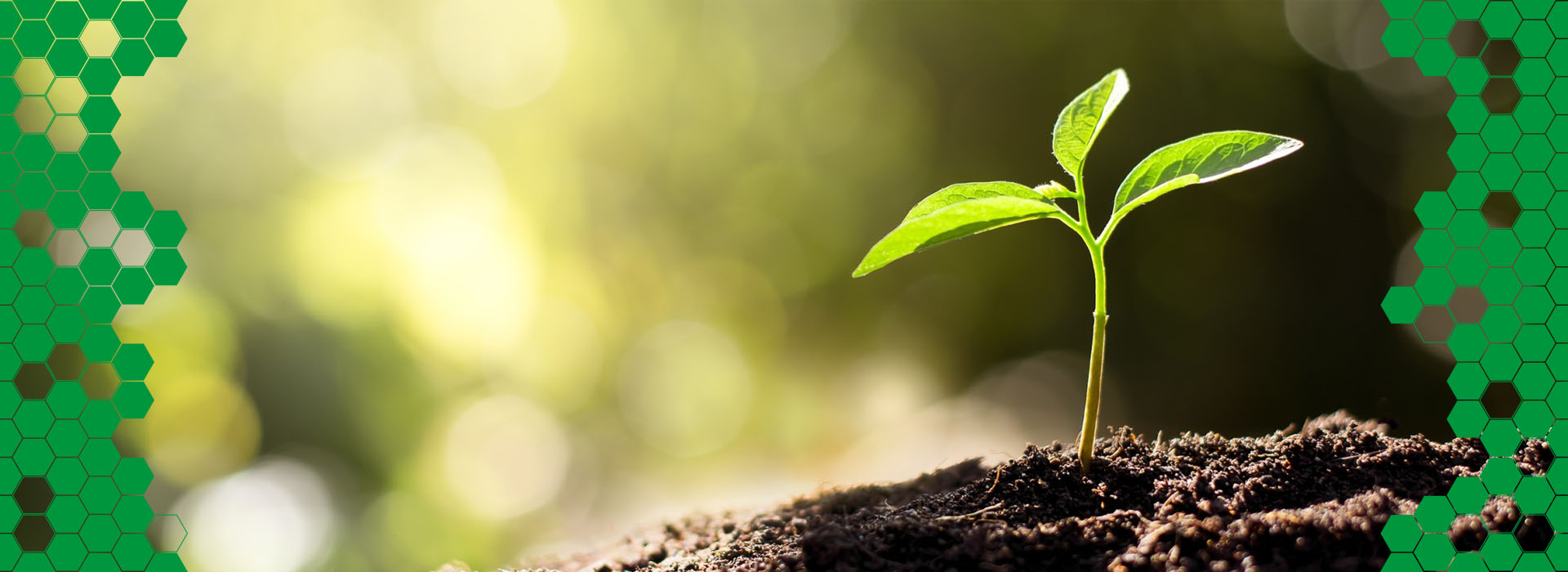
“Development that meets the needs of the present without compromising the ability of future generations to meet their own needs". At present our development is compromising the state of our environment and therefore the planet that will be home to future generations. We must act to ensure that we progress to a more sustainable lifestyle and that the impact that we are having on our environment is greatly reduced.
With regards to our development and goals, some people may lay more emphasis on aspects like:
The existence and supply of water, energy, paper, petrol, food, travel, peace, health and well-being just to mention a few things, is very much taken for granted especially by those of us living in developed countries, but if we continue to diminish our natural resources this may not be the case for future generations.
How many of us stop and think of the consequences if they were no longer available?
The unfortunate truth is that this statement could become reality in the next 50 years if we do not act now to prevent this "out of stock situation". Stop and think about the ways that we are consuming and try to reduce this consumption in your own household. As a result of the 1992 Rio Earth Summit, governments worldwide are having to face the stark reality that economic development and growth has had a high price tag to pay - over consumption of energy and environmental destruction.
Two major problems in respect of this are:
As a result of the Rio Earth Summit, the governments of the United Nations around the world have signed up to Agenda 21 to stop this destruction of our natural environment and protect it from human impact. It is widely acknowledged and accepted that our current levels of living, consuming and producing are unsustainable and so we all must make an effort to think, live and act differently. It is never too soon to start!
We need to think of the life-cycle of a product as a whole, because products may have totally different environmental impacts during different stages of their cycle. For example, some materials may have an adverse environmental consequence when extracted or processed, but be relatively benign in use and easy to recycle. Aluminium is such a material. On the other hand, a printer or battery-powered product will create the bulk of its environmental impact during use, because of the consumption of consumables. There are also ways that we can reduce the impact of those consumables for instance, by using rechargeable batteries or by using high capacity ink cartridges. Small changes like this can make a huge impact if we all try to make these incremental steps.

The product life cycle is shown in five distinct phases, all of which interact with the environment. For most products, the period of use is far longer than the other periods, and there may also be periods of storage and non-use between the stages shown. Usually, but not always, these stages will be environmentally benign. All of the stages need to be taken in to account when trying to evaluate the impact that a specific product will have on the environment.
It also shows, as feedback loops, the potential for recycling, re-manufacturing, and reuse within the products life cycle. It is worth making the obvious point that reuse is the strategy that potentially has the lowest environmental impact, merely based on the fact that this involves fewer processes, and each stage absorbs energy and has an environmental impact. Even if we replace just a small part of the product as a whole (repair) the impact is greatly reduced. Less raw materials are needed to produce the smaller part and less waste is created when disposing of the damaged part.
The graph below shows a life-cycle assessment of a washing machine, in terms of the energy and water used, of the contribution to pollution of air and water, and of solid waste. As you might expect, most of the environmental impact is during use. However, you might have predicted that most of the solid waste impact would be the two stages of delivery (when the packaging is removed and disposed of) and eventual end-of-life disposal. Whilst the solid waste levels are indeed significantly higher than other contributors at these stages, in fact they total less than 15% of the solid waste produced by the washing machine. Strange? Just think of the many packets of washing powder and other consumables that are thrown out during the machine’s life. This illustrates how careful we must be to consider every aspect of use. Just waiting until we have a full load for the washing machine can make an impact and over the life of the washing machine these small differences can accumulate in to a large difference.